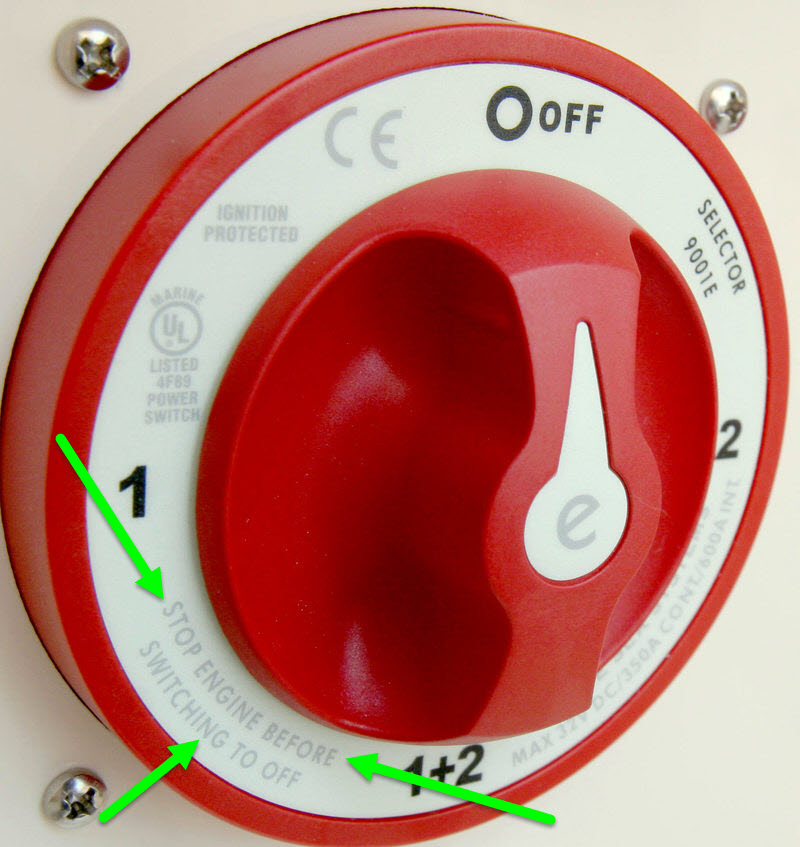I love these battery and battery selector switch threads. New ones pop up frequently. It's like jazz, the repetition is appealing. Also, there's a "call and response" aspect, bad information followed by corrections. The trick is to recognize the bad info, which is nearly impossible for beginners. My recommendation is to go with recognized experts. And even though I'm an electrical engineer, you can't trust me, as I haven't posted my degree, and you still wouldn't know my specialty! So, go with Maine Sail, Nigel Calder, et.al.
That said, although it was standard practice going back perhaps a 100 years, the idea of alternating two lead acid batteries is considered by many experts now to be inferior to simply creating one large bank. With one bank of two batteries you won't be discharging either battery as deeply, and this prolongs their life.
Second, it is not necessary to deeply discharge lead acid batteries periodically to "keep the plates clean." This won't clean the plates, only a controlled over-charge can do that. (The trick is to avoid sulfation entirely.) The way you avoid the sulfate on the plates is to keep them as fully charged as possible for as much of the time as possible. Lead acid batteries don't have a memory like nickle-cadmium and some other chemistries (although new lead acid batteries will "break in" in the first few cycles when new - an advanced topic).
The best set-up is to rewire the OFF-A-B-BOTH switch so that in normal operation it is on OFF when you are not on the boat, or A when you are operating the boat, connecting the parallel connected batteries of Bank 1 to the panel that feeds the house loads. (The "A" terminal to the bank, the "C" (common) terminal to the house panel.) The alternator output is connected directly to this bank. If there's no other battery, so is the starter. I highly recommend having a separate engine starting battery. If you do, you will have a disconnect switch, too, and in normal operation the disconnect will be closed, connecting the starting battery to the starter. Other engine electrical systems will likely be connected to the starting battery, but not always. The Starter will also be connected to the "B" terminal of the OFF-A-B-BOTH switch. With this arrangement you can power the house from the main bank or starter battery and start the engine from the starting battery or main bank. The starting battery will be charged by either an echo charger or combining relay. If this fails, the starting battery can be charged from the alternator. This is covered quite well in Maine Sail's thread on the topic.
By the way, your original question, about the charger: it's connected to each battery; if two channels, both to the main bank.



